Code
HCS23537
Weight
2 Kg / 4.41 lbs
Size
Height
28cm (11") Width
20cm (8") Depth
14cm (6") Material
Copper
Availability
Available
Date Added
2021-03-10 22:27:46
Note : We used to sell this product 4 years ago so it may no longer be in our stock.
It is possible that we still have it with our suppliers but the price could be different from before.
Feel free to order. We will verify availability and inform you promptly.
It is possible that we still have it with our suppliers but the price could be different from before.
Feel free to order. We will verify availability and inform you promptly.

Safe Payment
We accept Paypal, Money Transfer, Bank Transfer
Confidence
Protection covers your purchase and personal data.
Worldwide Delivery
We ship Worldwide, except Russia.Shipping cost US$25.2 for upto 0.5 kgs

Hotline
Talk to help line for your question on 9841267335Gold Painted Face
The face of Buddhist Statue Of Vajrapani [chana Dorje], Traditional Color Finishing With [painted Face] is painted with gold to enhance its significant features, particularly the eyes, and lips. This detailed painting is essential as it brings forth the crucial attributes of the expression of eyes and lips that metal carving alone cannot capture.
Moreover, the painted face serves as a symbolic and sacred ritual in Buddhism, preparing the statue for consecration and practice. The act of painting the face with gold in Buddhism holds deep meaning. It represents the intention to bring life and expression to the statue, imbuing it with a sense of vitality and presence. The application of gold on the face showcases the devotion and craftsmanship of the artisans, ensuring that every detail is carefully attended to honor the sacred essence of the Buddhist Statue Of Vajrapani [chana Dorje], Traditional Color Finishing With [painted Face]. Read More . . .
The face of Buddhist Statue Of Vajrapani [chana Dorje], Traditional Color Finishing With [painted Face] is painted with gold to enhance its significant features, particularly the eyes, and lips. This detailed painting is essential as it brings forth the crucial attributes of the expression of eyes and lips that metal carving alone cannot capture.
Moreover, the painted face serves as a symbolic and sacred ritual in Buddhism, preparing the statue for consecration and practice. The act of painting the face with gold in Buddhism holds deep meaning. It represents the intention to bring life and expression to the statue, imbuing it with a sense of vitality and presence. The application of gold on the face showcases the devotion and craftsmanship of the artisans, ensuring that every detail is carefully attended to honor the sacred essence of the Buddhist Statue Of Vajrapani [chana Dorje], Traditional Color Finishing With [painted Face]. Read More . . .
About Color Finishing
The Buddhist Statue Of Vajrapani [chana Dorje], Traditional Color Finishing With [painted Face] is adorned with traditional colors, creating a captivating aesthetic through a combination of gold and various hues. This painting technique follows a time-honored process that aims to faithfully represent the Buddhist Statue Of Vajrapani [chana Dorje], Traditional Color Finishing With [painted Face] in accordance with traditional color descriptions. In the context of Buddhist statues, this approach holds great significance. Each statue has its own primary color, and it is crucial to depict the statue in its authentic shade. Read More . . .
The Buddhist Statue Of Vajrapani [chana Dorje], Traditional Color Finishing With [painted Face] is adorned with traditional colors, creating a captivating aesthetic through a combination of gold and various hues. This painting technique follows a time-honored process that aims to faithfully represent the Buddhist Statue Of Vajrapani [chana Dorje], Traditional Color Finishing With [painted Face] in accordance with traditional color descriptions. In the context of Buddhist statues, this approach holds great significance. Each statue has its own primary color, and it is crucial to depict the statue in its authentic shade. Read More . . .
Lost-Wax System
This Vajrapani of Buddhist Statue Of Vajrapani [chana Dorje], Traditional Color Finishing With [painted Face] is made by the process of the Lost Wax system. This is a very complicated, time consuming and historic process of making metal sculptures.Which is why it is sometimes called Precision Casting as well. Hence the sculptures made by this process are comparatively expensive. There are many new, advanced and less time consuming methods of casting metal sculptures available as well. But due to the benefits provided by the traditional lost wax system in quality control and customization, we prefer the Loss wax system over Ceramic molding, or sand casting to make our Vajrapani.
Below we have tried to illustrate the process of making a loss wax system statue: Read More . . .
This Vajrapani of Buddhist Statue Of Vajrapani [chana Dorje], Traditional Color Finishing With [painted Face] is made by the process of the Lost Wax system. This is a very complicated, time consuming and historic process of making metal sculptures.Which is why it is sometimes called Precision Casting as well. Hence the sculptures made by this process are comparatively expensive. There are many new, advanced and less time consuming methods of casting metal sculptures available as well. But due to the benefits provided by the traditional lost wax system in quality control and customization, we prefer the Loss wax system over Ceramic molding, or sand casting to make our Vajrapani.
Below we have tried to illustrate the process of making a loss wax system statue: Read More . . .
Brief Introduction :
Vajrapaṇi is one of the earliest bodhisattvas of Mahayana Buddhism. He is the protector and guide of the Buddha, and rose to symbolize the Buddha's power. Vajrapani was used extensively in Buddhist iconography as one of the three protective deities surrounding the Buddha. Each of them symbolizes one of the Buddha's virtues: Manjusri (the manifestation of all the Buddhas' wisdom), Avalokitesvara (the manifestation of all the Buddhas' compassion) and Vajrapani (the manifestation of all the Buddhas' power). Furthermore, Vajrapani is one of the earliest Dharmapalas and one of the rare Buddhist deities to be worshiped in the original Zen Buddhism of the Shaolin Temple, Tibetan Buddhism, and even Pure Land Buddhism (where he is known as Mahasthamaprapta). Manifestations of Vajrapani can also be found in many Buddhist temples in Japan as Dharma protectors called Nio.
Iconography :Vajrapani is pictured dancing wildly within a halo of flames, which represent transformation.
He holds a vajra (thunderbolt) in his right hand, which emphasizes the power to cut through the darkness of delusion. Vajrapani looks wrathful, but as a representation of the enlightened mind, heâs completely free from hatred.
Vajrapaniâs mantra is simply his name, which means "wielder of the thunderbolt", framed between the mystical syllables Om and Hūm. This mantra helps us to gain access to the irrepressible energy that Vajrapani symbolizes. A familiarity with Vajrapani does, of course, help here, although the sound of the mantra is itself rather energetic.
Mantra :He holds a vajra (thunderbolt) in his right hand, which emphasizes the power to cut through the darkness of delusion. Vajrapani looks wrathful, but as a representation of the enlightened mind, heâs completely free from hatred.
Vajrapaniâs mantra is simply his name, which means "wielder of the thunderbolt", framed between the mystical syllables Om and Hūm. This mantra helps us to gain access to the irrepressible energy that Vajrapani symbolizes. A familiarity with Vajrapani does, of course, help here, although the sound of the mantra is itself rather energetic.
The Mantra oṃ vajrapāṇi hūṃ phaṭ is associated with Vajrapani. His Seed Syllable is hūṃ.
Matra of Vajrapani
oṃ va jra pā ṇi hūṃ
oṃ vajrapāṇi hūṃ
oṃ vajrapāṇi hūṃ


![Buddhist Statue Of Vajrapani [chana Dorje], Traditional Color Finishing With [painted Face]](https://handicraftseller.com/uploads/pics/product/thumb/2021/03/23537_0.jpg)
![Buddhist Statue Of Vajrapani [chana Dorje], Traditional Color Finishing With [painted Face]](https://handicraftseller.com/uploads/pics/product/thumb/2021/03/23537_1.jpg)
![Buddhist Statue Of Vajrapani [chana Dorje], Traditional Color Finishing With [painted Face]](https://handicraftseller.com/uploads/pics/product/thumb/2021/03/23537_2.jpg)
![Buddhist Statue Of Vajrapani [chana Dorje], Traditional Color Finishing With [painted Face]](https://handicraftseller.com/uploads/pics/product/thumb/2021/03/23537_3.jpg)
![Buddhist Statue Of Vajrapani [chana Dorje], Traditional Color Finishing With [painted Face]](https://handicraftseller.com/uploads/pics/product/thumb/2021/03/23537_4.jpg)
![Buddhist Statue Of Vajrapani [chana Dorje], Traditional Color Finishing With [painted Face]](https://handicraftseller.com/uploads/pics/product/thumb/2021/03/23537.jpg)


























































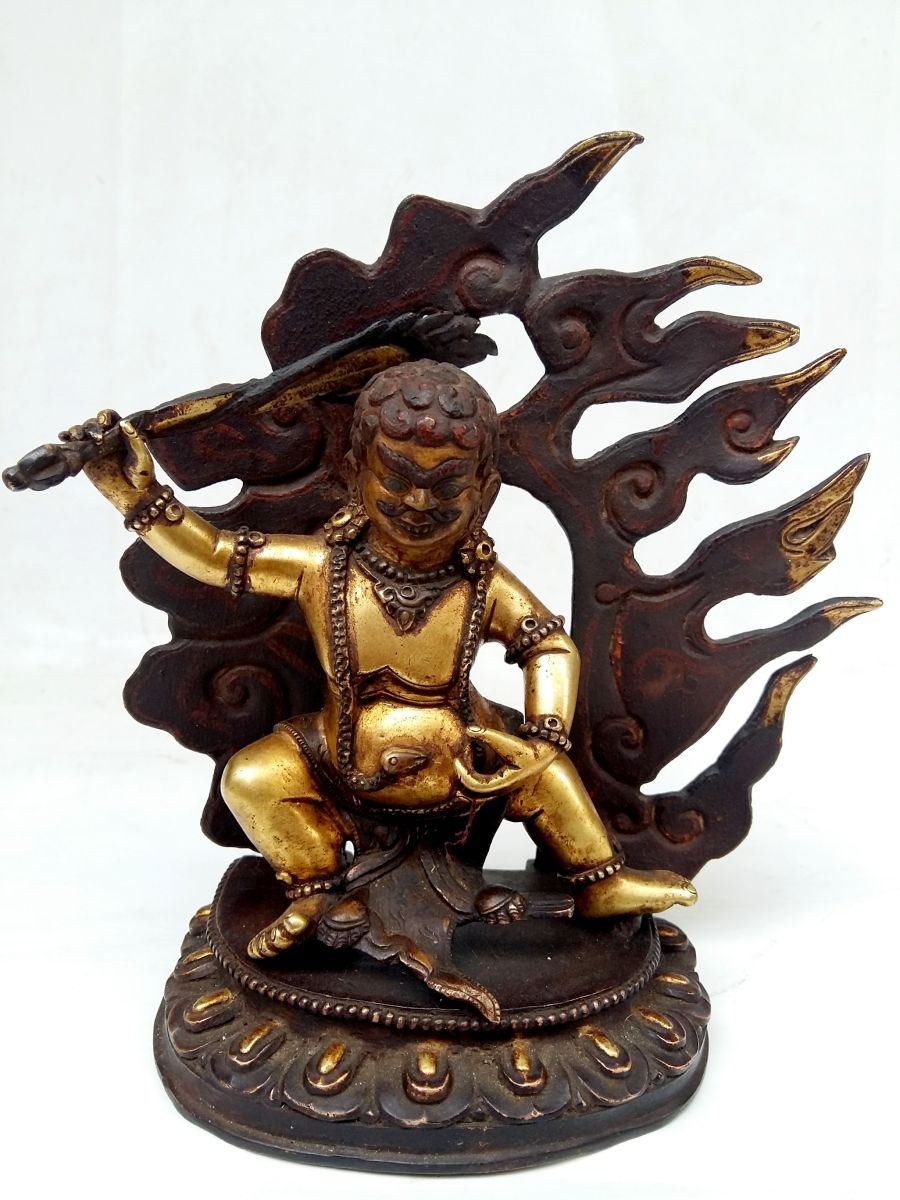 Full Gold Plated, Antique Finishing" title="Mahakala Statue
Full Gold Plated, Antique Finishing" title="Mahakala Statue 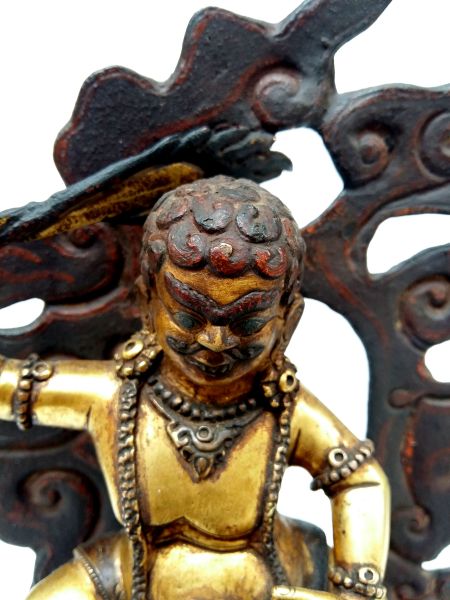 Full Gold Plated, Antique Finishing" title="Mahakala Statue
Full Gold Plated, Antique Finishing" title="Mahakala Statue 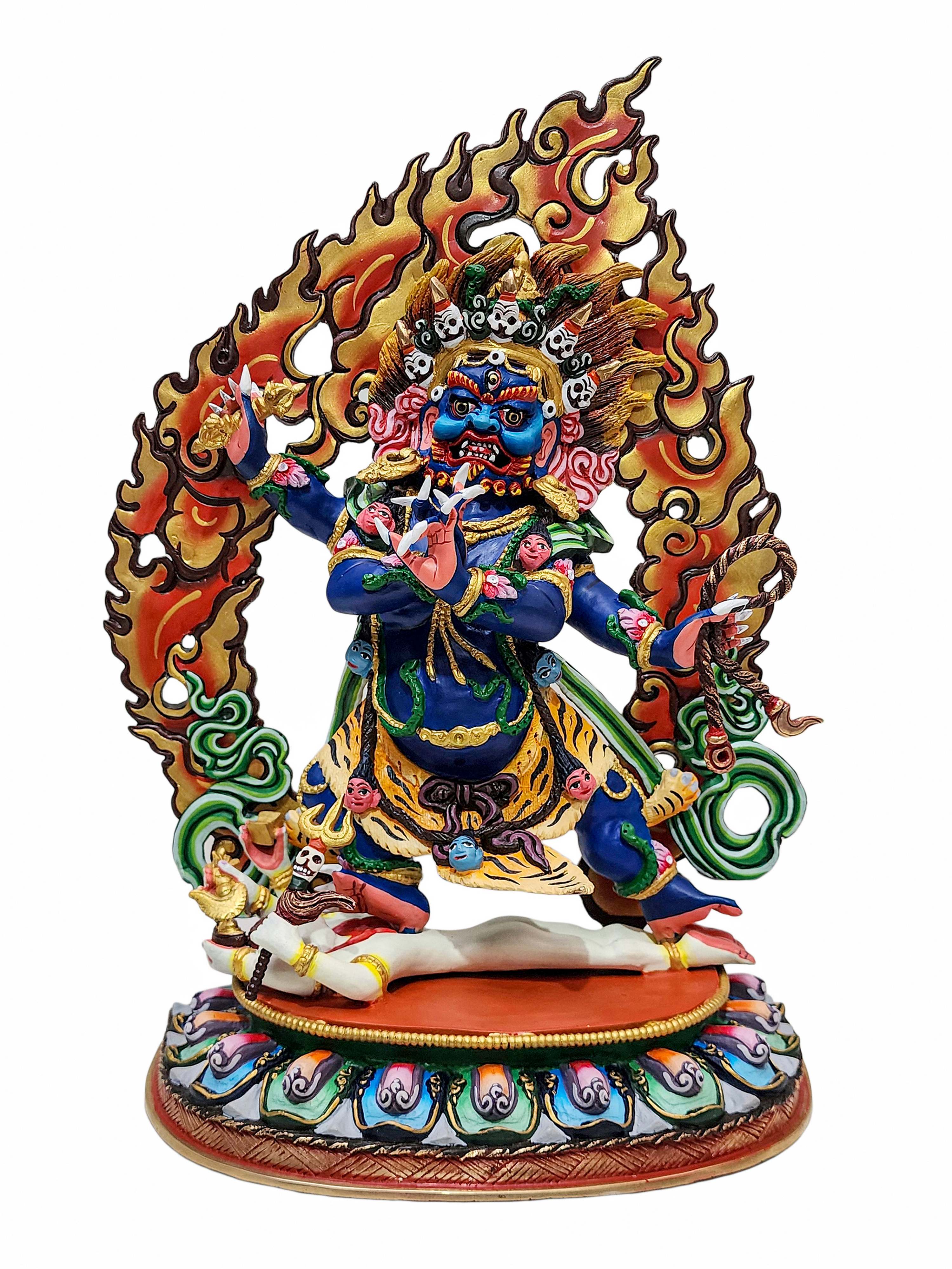 Vajrapani Statue, Buddhist Handmade Statue,
Vajrapani Statue, Buddhist Handmade Statue, 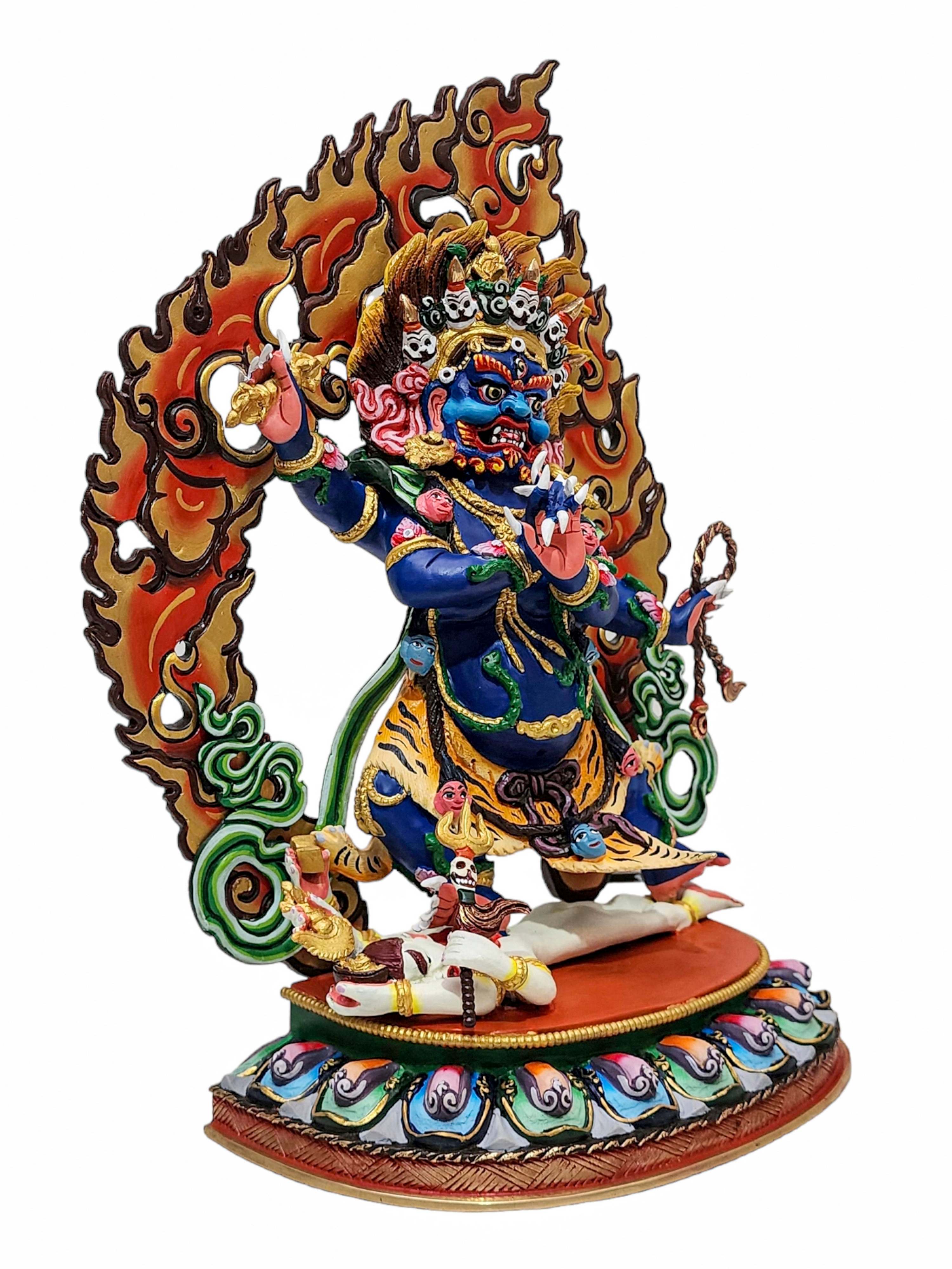 Vajrapani Statue, Buddhist Handmade Statue,
Vajrapani Statue, Buddhist Handmade Statue, 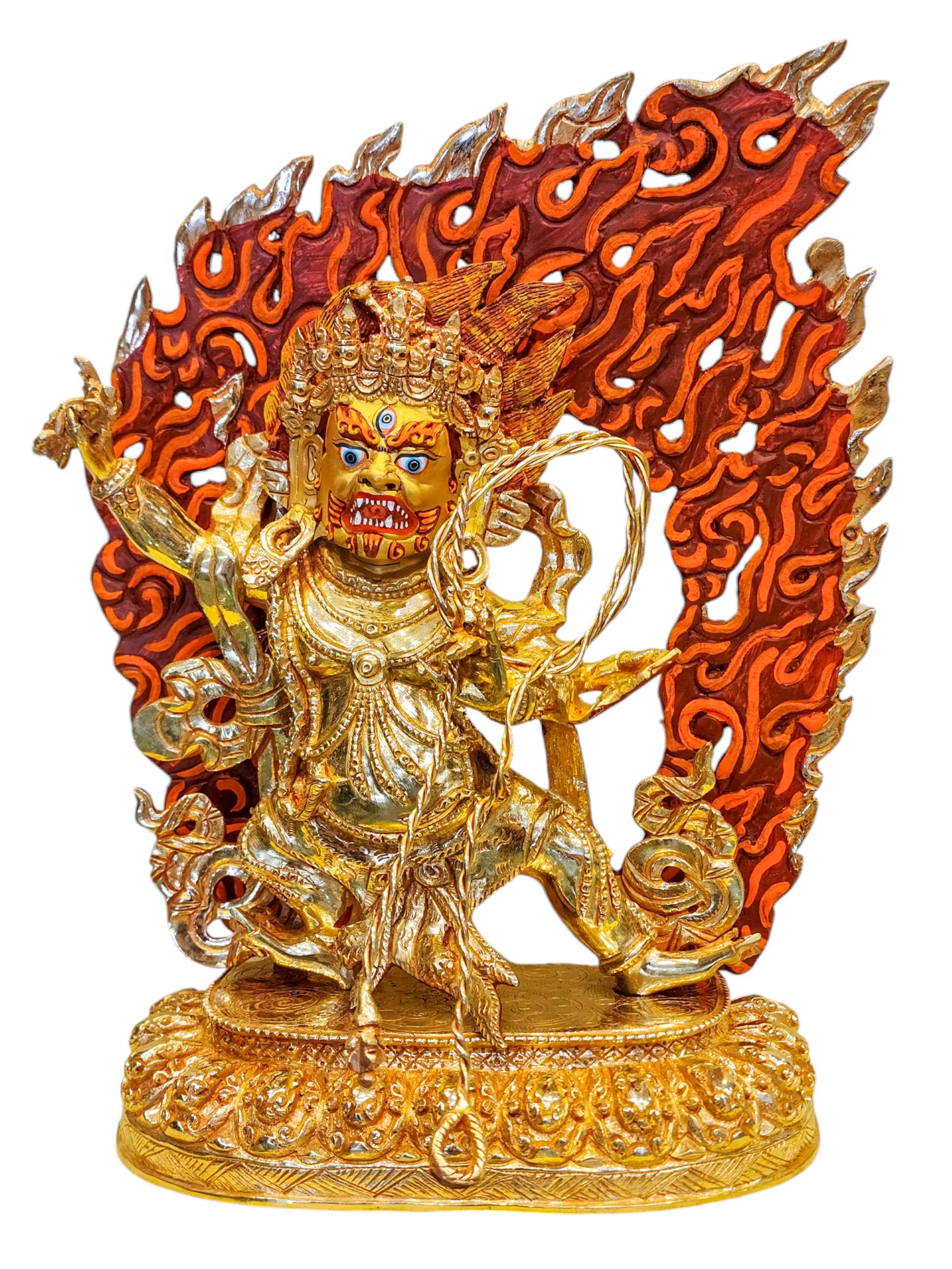 Vajrapani, Buddhist Handmade Statue,
Vajrapani, Buddhist Handmade Statue, 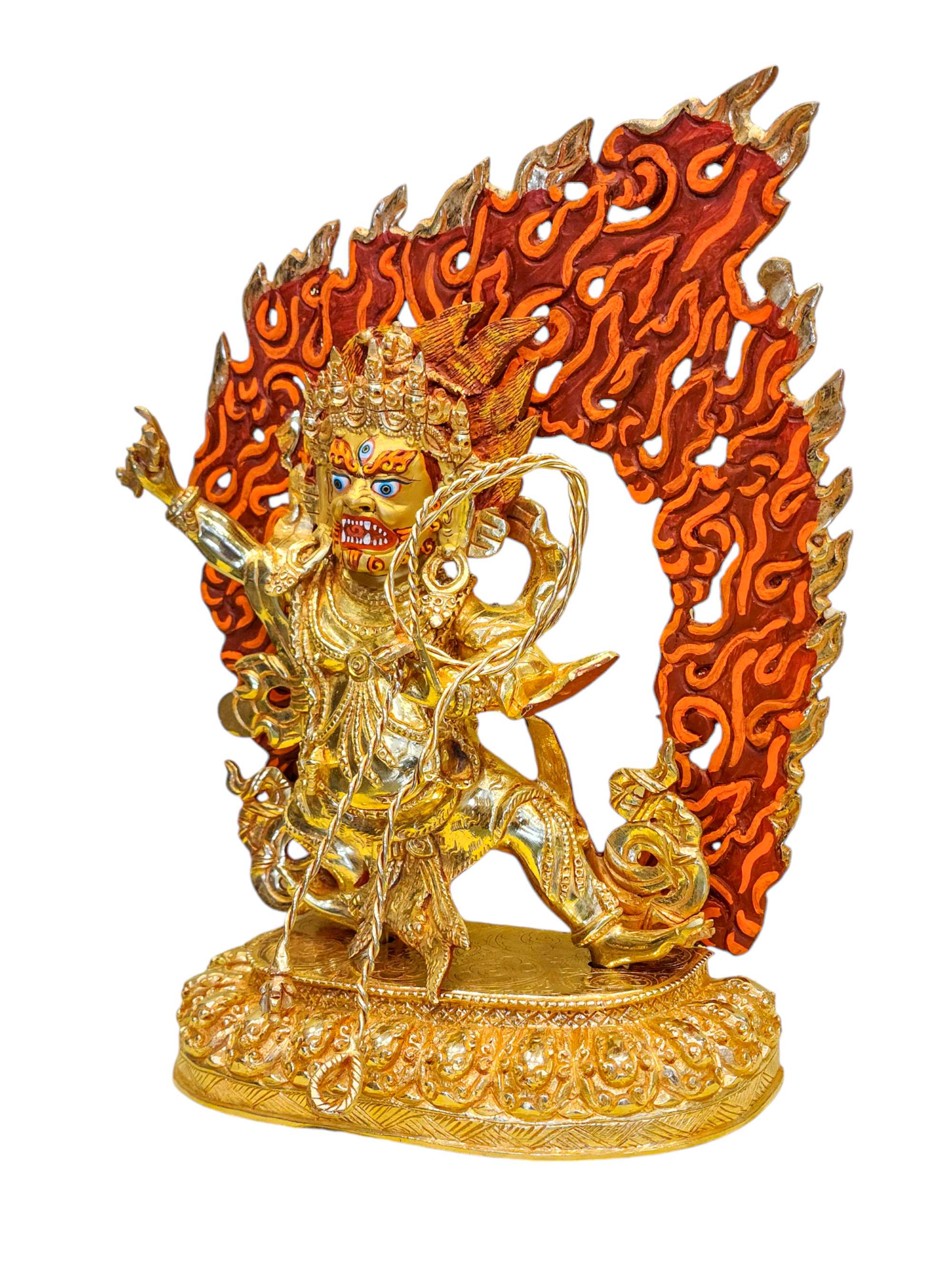 Vajrapani, Buddhist Handmade Statue,
Vajrapani, Buddhist Handmade Statue,  Chocolate Oxidized,
Chocolate Oxidized,  Vajrapani, Buddhist Handmade Statue,
Vajrapani, Buddhist Handmade Statue, 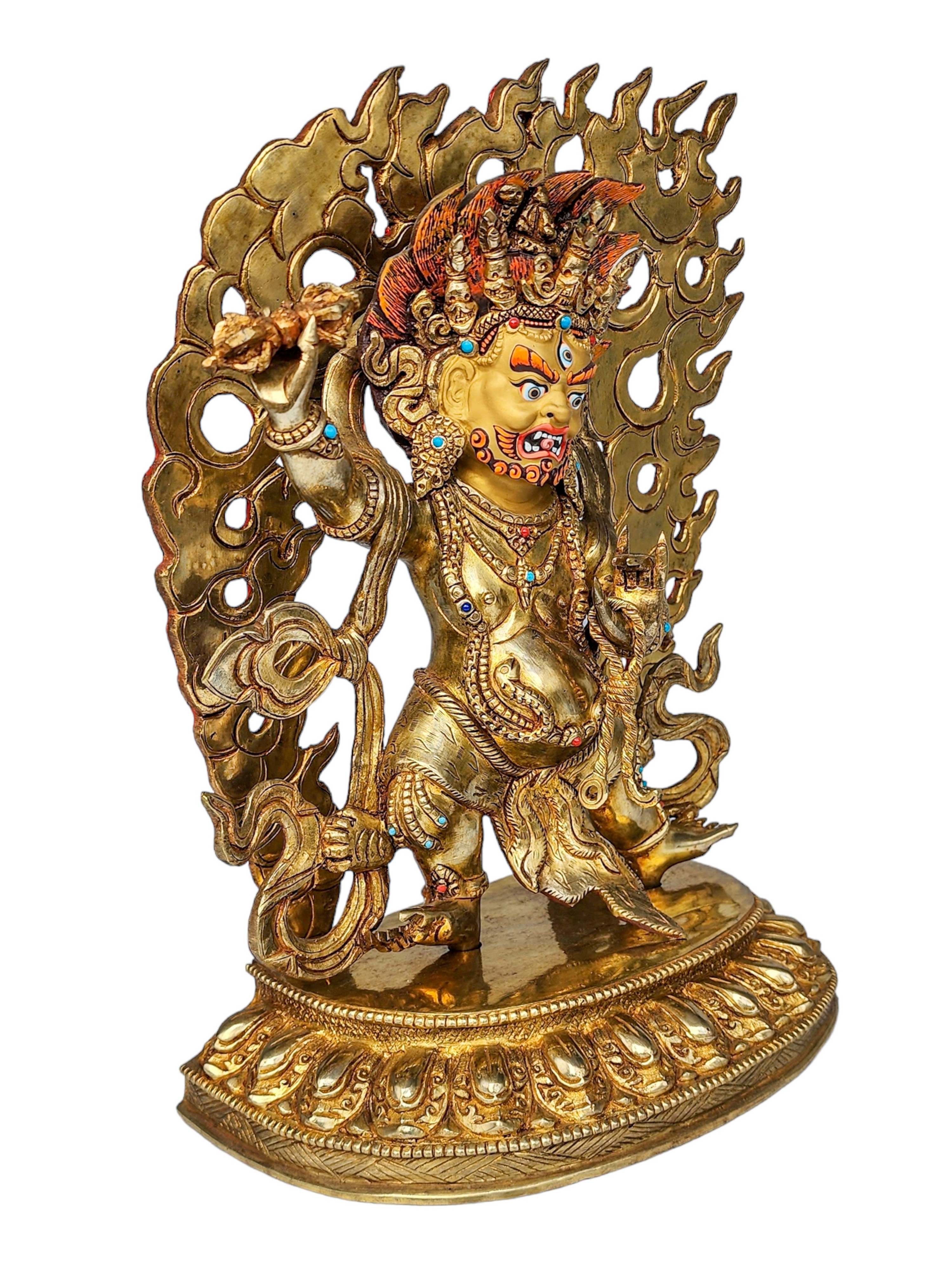 Vajrapani, Buddhist Handmade Statue,
Vajrapani, Buddhist Handmade Statue, 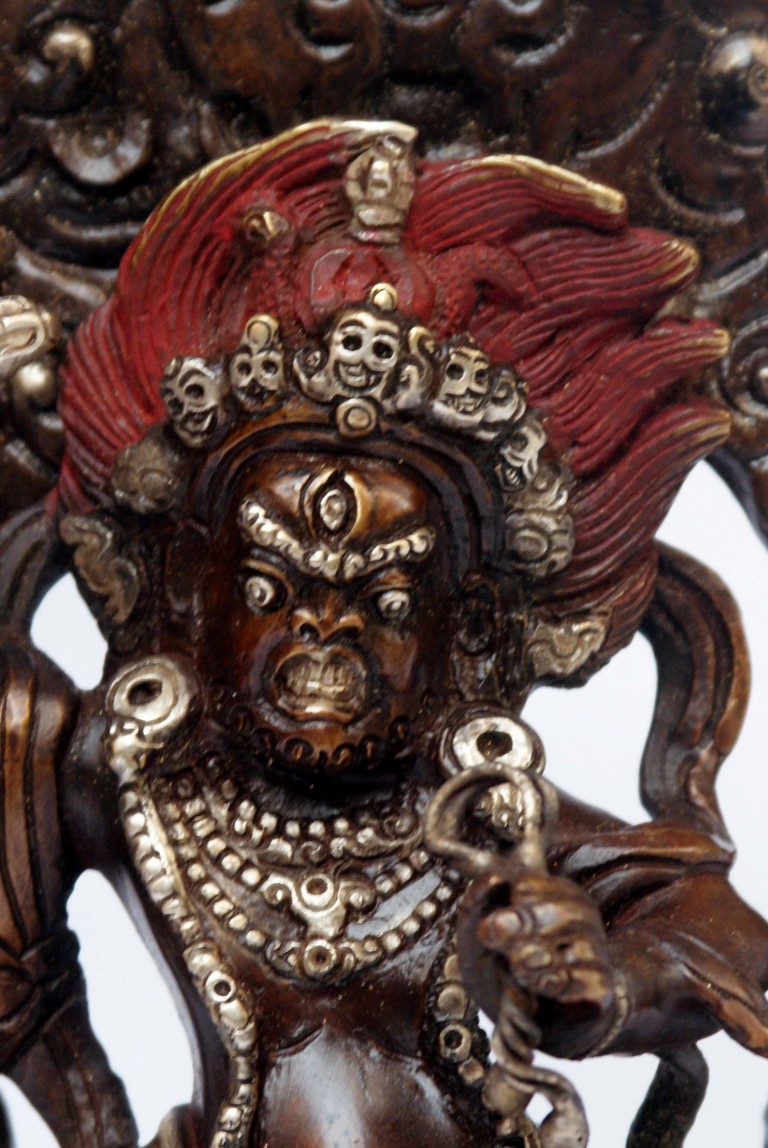 Chocolate Oxidize,
Chocolate Oxidize, 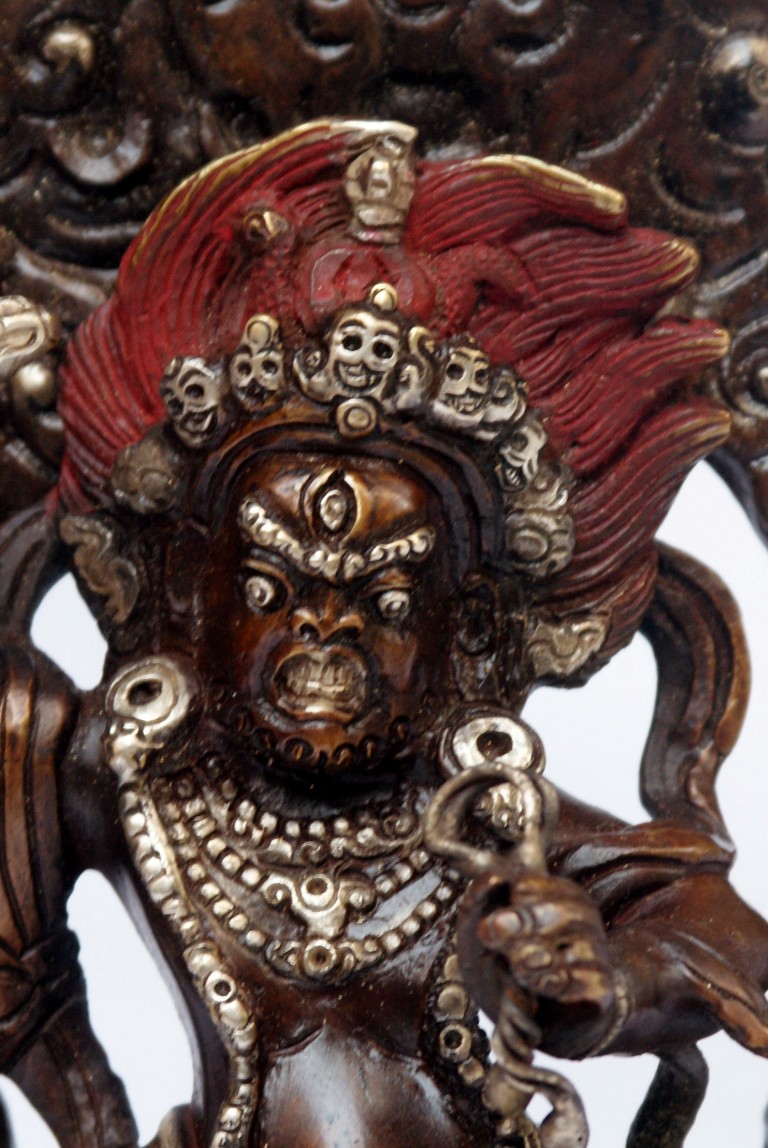 Chocolate Oxidize,
Chocolate Oxidize, 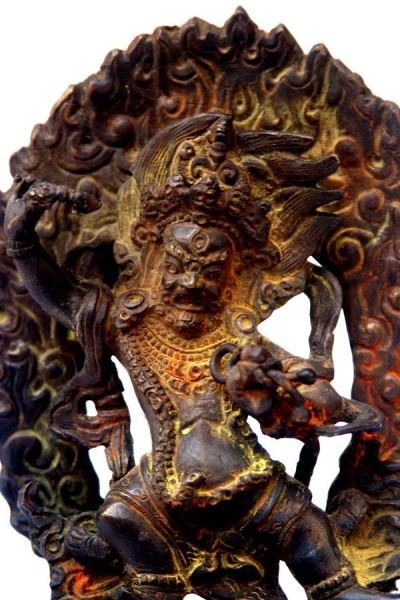 Antique Finishing" title="Vajrapani,
Antique Finishing" title="Vajrapani, 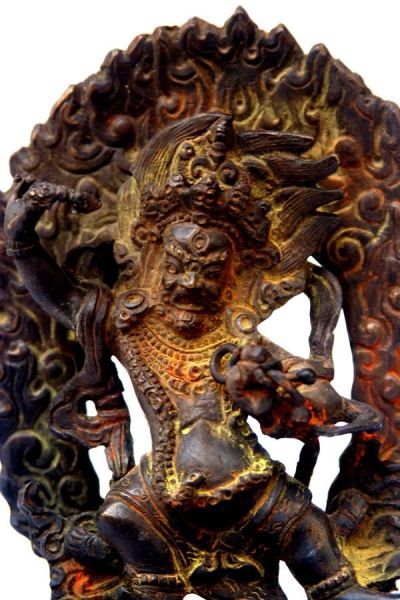 Antique Finishing" title="Vajrapani,
Antique Finishing" title="Vajrapani,  of Elephant Couple,
of Elephant Couple, 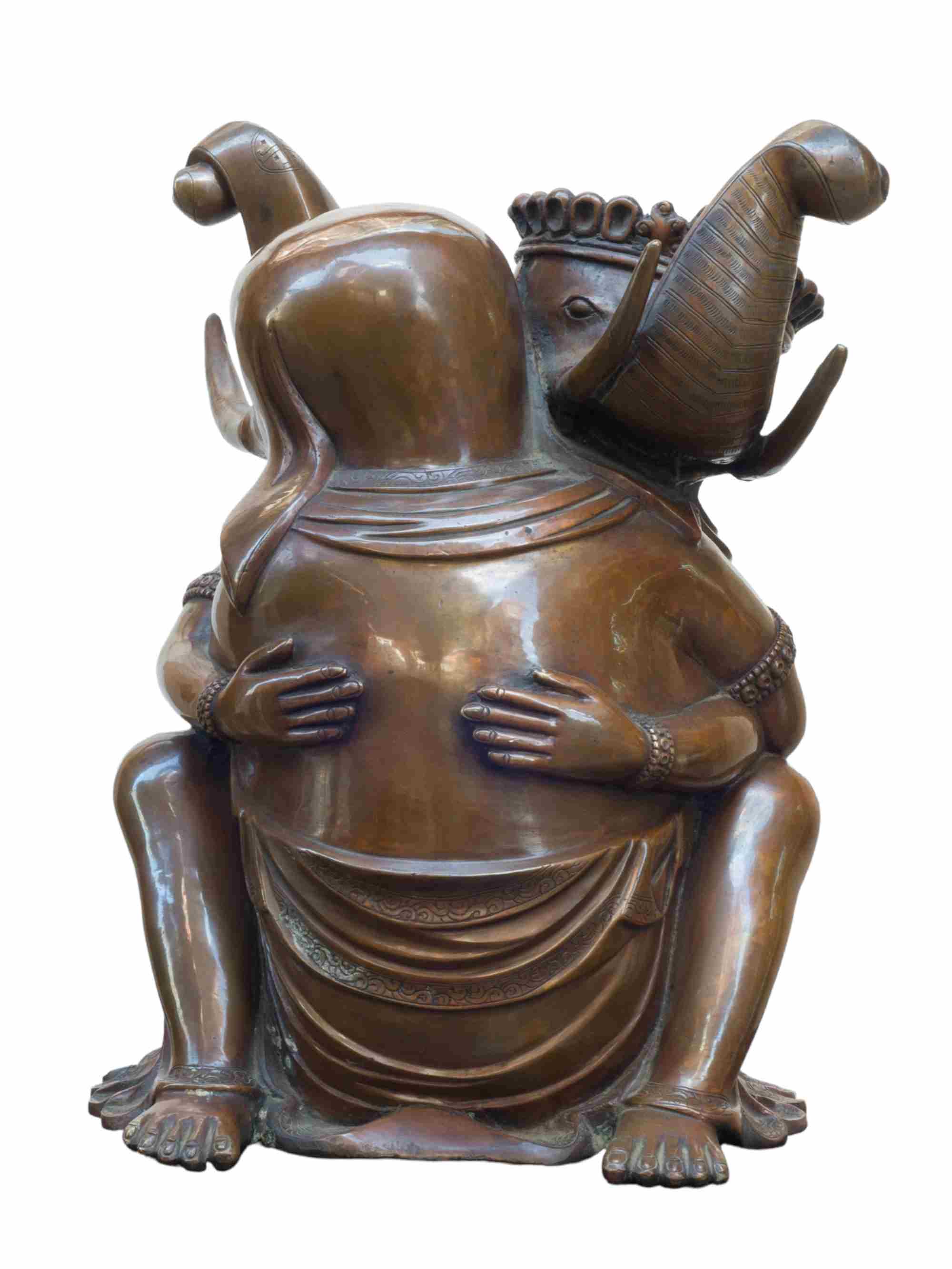 of Elephant Couple,
of Elephant Couple, 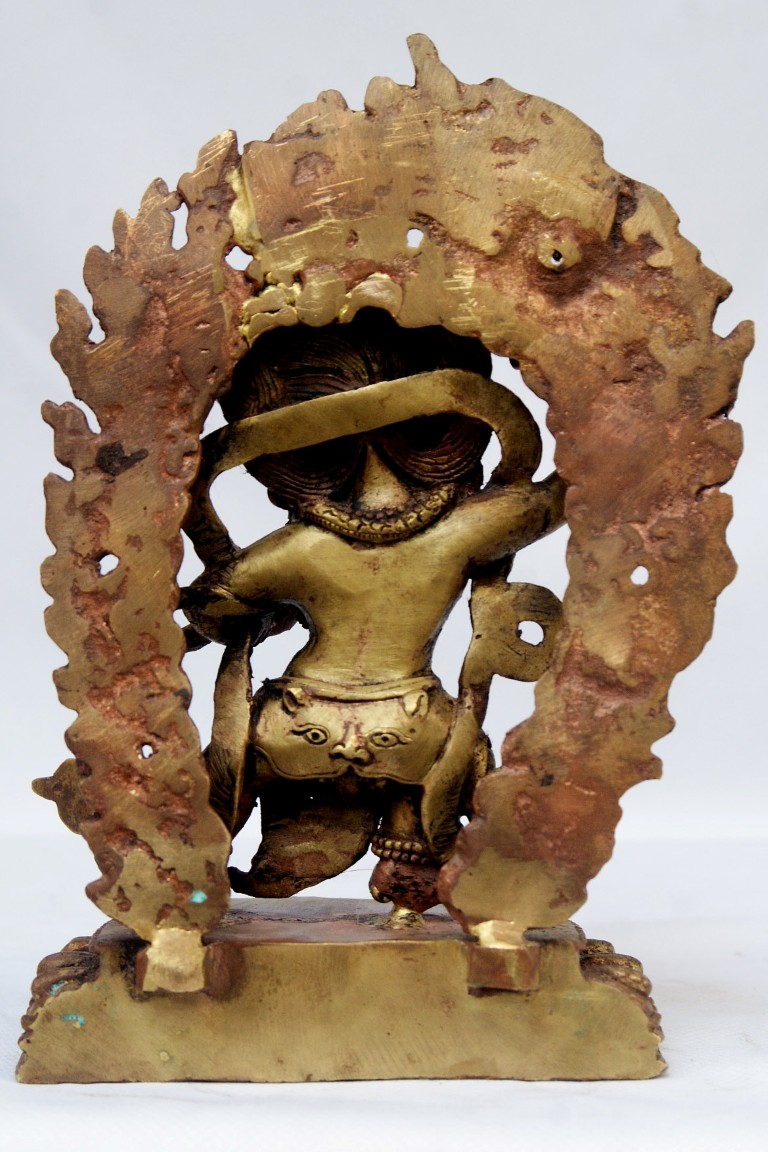 Bronze Finishing,
Bronze Finishing, 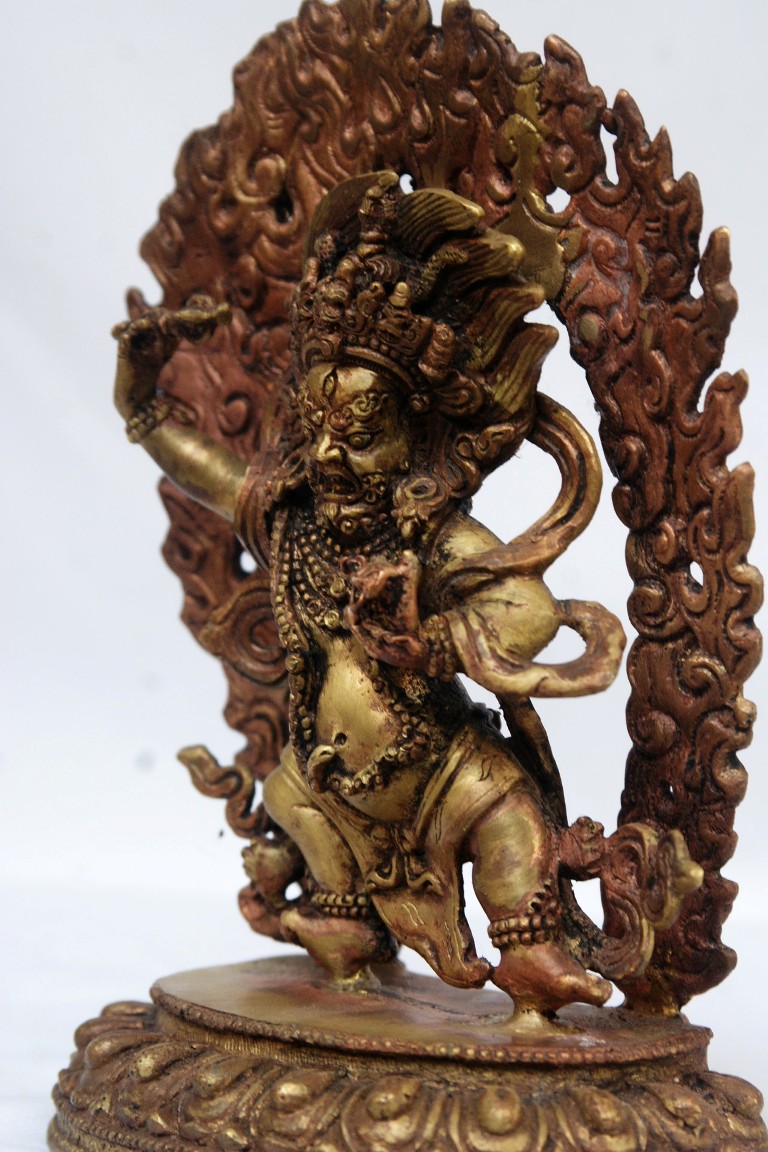 Bronze Finishing,
Bronze Finishing, 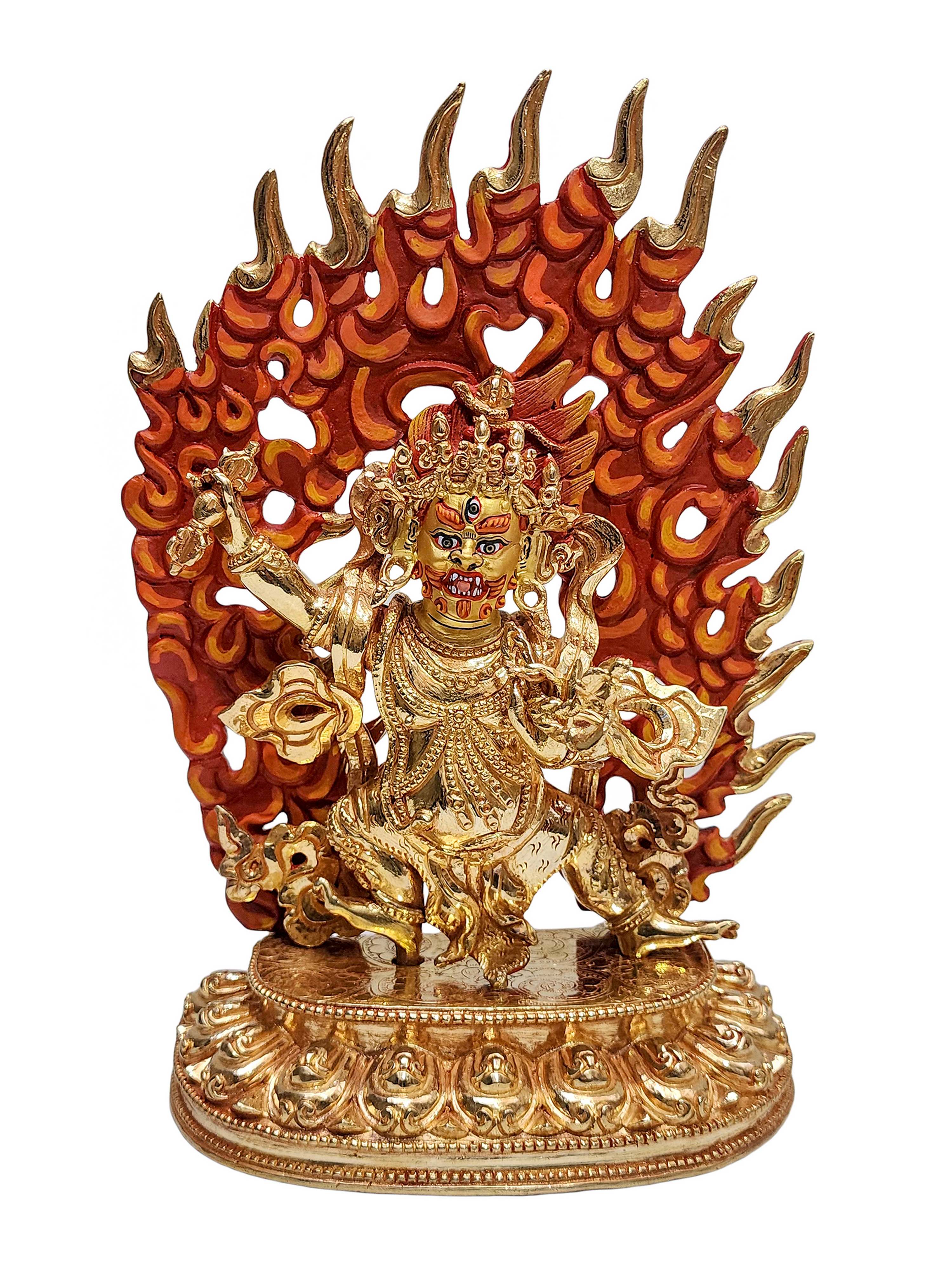 Vajrapani, Buddhist Handmade Statue,
Vajrapani, Buddhist Handmade Statue, 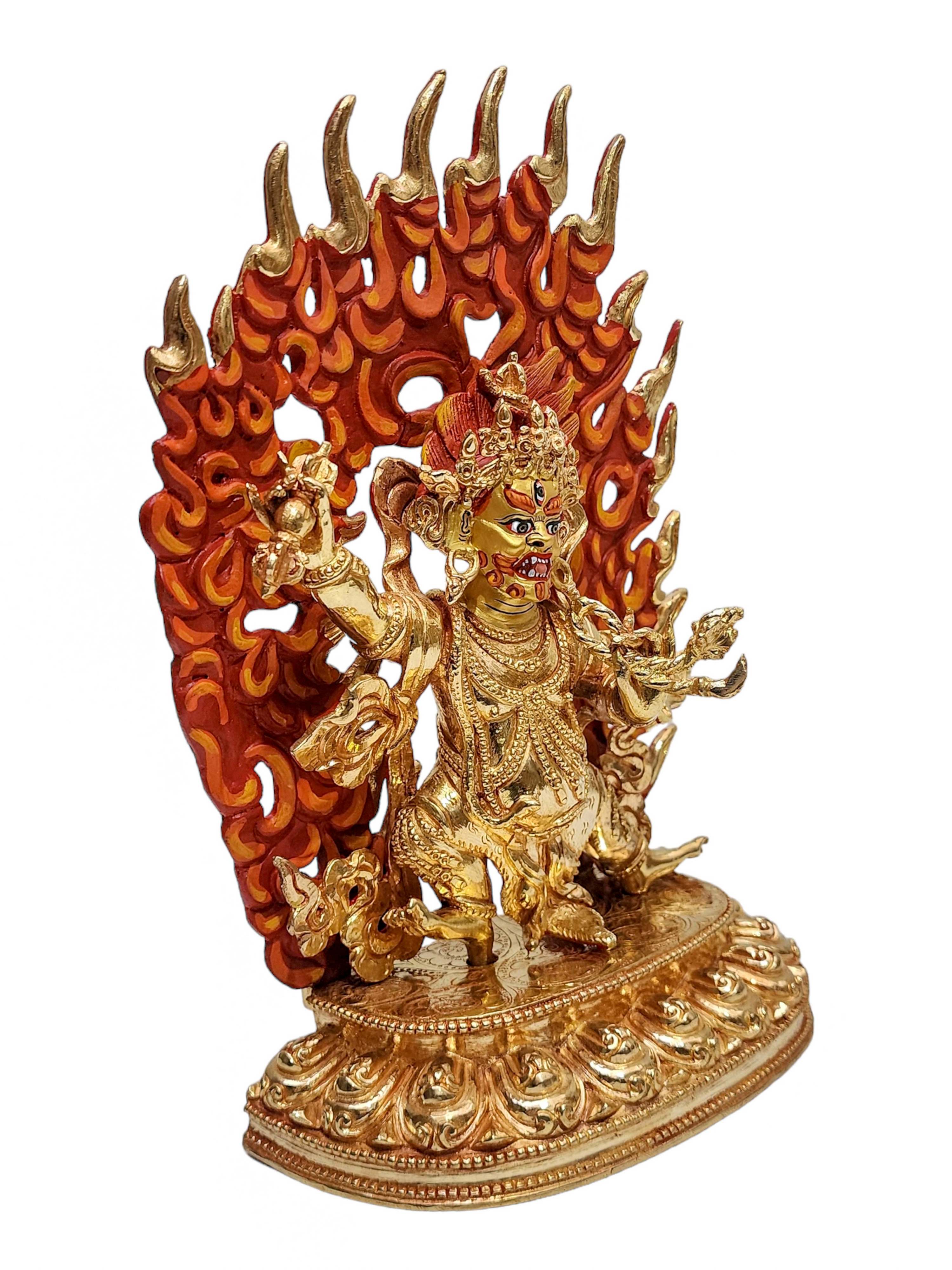 Vajrapani, Buddhist Handmade Statue,
Vajrapani, Buddhist Handmade Statue,